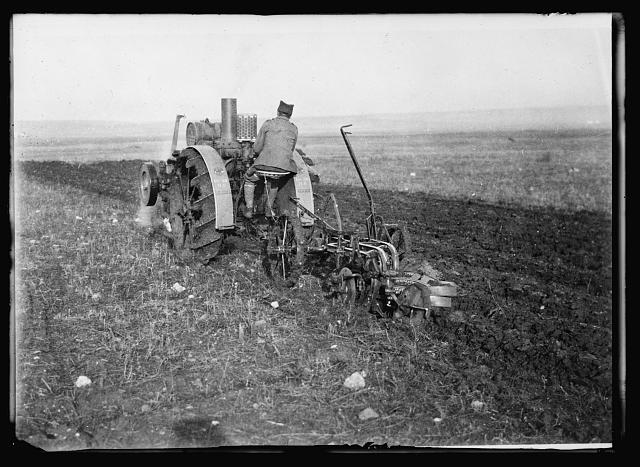Today's installment on recently viewed cars of the past features a 1959 Chevrolet El Camino.
The El Camino was Chevy's effort to combine the pickup truck with the coup. The result was a light pickup truck that really wasn't very suitable for much, but which had a certain appearance that people either love or hate to this day.
The El Caminio followed a prior mid 1950s Chevrolet pickup truck that was specifically aimed at an urban market. That model, based on its standard pickup, had some sedan features that Chevy incorporated in the hopes of breaking into the suburban market, and in fact it was called the Suburban Carrier. The El Camino followed and was sold first in 1959, with various models lasting all the way to 1987. By that time it had evolved from a really sporty looking car/truck to a fairly pedestrian looking late 80s sedan/truck and, by that time, the plethora of trucks in the urban market, including light duty Japanese trucks, rendered it pointless.
Which is to assume it ever had a point in the first place.
But maybe it did.
Pickup trucks entered the American market really early and in fact there were pickup truck conversions for Model T body's available as early as 1913. Dodge introduced a factor built pickup in 1924 and Ford followed in 1925. While early pickups were on car frames, with car suspensions, the heavy duty nature of cars at the time made them pretty suitable for such conversions. By the 1930s, however, with improvements in roads, pickups were departing company with automobiles in significant ways. While postwar automobiles remains more suitable for dirt roads than any car made today, the direction was very clear and by the 1960s car suspensions were low and no longer really suitable for double duty, rural and urban.
Not that the El Camino really was either, but pickups of the 1940s and 1950s were definitely rather stout vehicles. In the rural West there were plenty of people who used a pickup as their primary daily driver, almost all of which were two wheel drives, but Chevrolet was on to the need for an urban carrier.
El Caminio's filled a notch that nothing else really did, but they were a vehicle of mixed success. It really took the introduction of Chevrolet's sleek styled pickup in 1968 to begin the move towards urban popularity of pickup trucks. Dodge followed suit in 1972 when it remodeled its D Series trucks along similar lines. Ford had started towards a sleeker line of truck, which still remained a work styling, in the 1960s, but followed suit with a major restyling in 1987.
Ford in some ways ultimately won this contest. . . for the time being, with the Ford F Series trucks absolutely dominating the market for the most part. Ironically, however, Dodge's 1994 turn from this style of truck to a more rugged appearing body style brought beefy back into the truck market and secured, at least for the time being, Chrysler as the heavy truck king, a position it had held from the end of World War Two until at least the early 70s due to its wartime Power Wagon series of truck. Everyone else has followed since then except that Ford and Chevrolet both make light duty trucks that are more car like, but still trucks.





















































